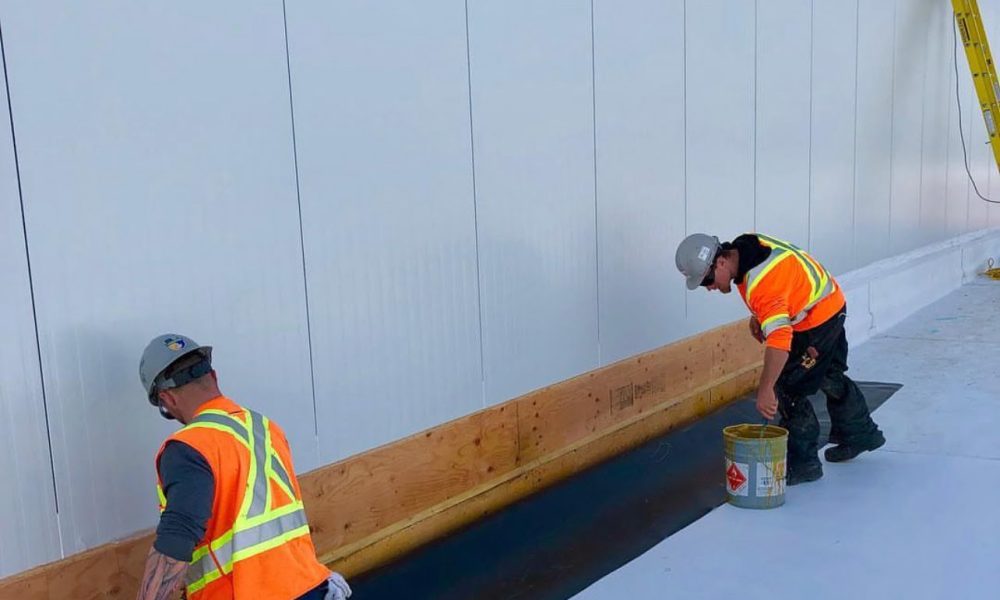Winter brings harsh weather conditions that can challenge the structural integrity of your home, particularly your roof. Snow, ice, and fluctuating temperatures can lead to water leaks and roof damage if preventive measures are not taken. Here are key steps homeowners can take to safeguard their roofs during the cold months. Regular inspections are crucial for preventing issues before they escalate. Examine your roof for loose, cracked, or missing shingles that could allow water to seep through. If shingles are damaged, replace them promptly to maintain a solid barrier against moisture. Look for signs of wear around flashing and seals, especially near chimneys, vents, and skylights, as these areas are prone to leaks. Clogged gutters can cause water to back up onto the roof, leading to ice dams and leaks. Before winter sets in, clean your gutters thoroughly to ensure proper water drainage. Remove leaves, twigs, and other debris. Check that downspouts direct water away from your home’s foundation, reducing the risk of flooding and structural damage.

Proper insulation and ventilation in your attic play a significant role in preventing roof damage. Insufficient insulation can cause heat to escape, melting snow on the roof. When the melted snow refreezes at the eaves, it forms ice dams that trap water, potentially leading to leaks. Ensure your attic is well-insulated to maintain consistent temperatures and install adequate ventilation to prevent moisture buildup. Trees with branches hanging over your roof pose a risk during winter. Snow and ice accumulation can cause branches to break, damaging your roof or creating openings for water entry. Trim these branches to minimize the risk and keep your roof free of debris. Heavy snow buildup can strain your roof and increase the risk of leaks. Use a roof rake to remove snow safely from the edges without climbing onto the roof, which can be dangerous during icy conditions. Avoid using sharp tools that could damage shingles or roofing materials. Check all roof penetrations, such as vents, pipes, and skylights, for signs of wear or gaps.
Apply caulking or sealants to ensure these areas are watertight. This step is especially important before the onset of winter storms, as strong winds and heavy precipitation can exploit vulnerabilities. If you are unsure about the condition of your roof or lack the tools to perform a thorough inspection, hire a professional ny roof contractor. They can identify potential problems, recommend repairs, and apply treatments like waterproof coatings to enhance your roof’s durability. Keep emergency roof repair materials, such as tarps and roofing nails, on hand to temporarily cover leaks until professional help arrives. By following these proactive steps, you can reduce the risk of water leaks and roof damage, ensuring a safe and dry home throughout the winter season. Preventing water leaks and roof damage during the winter months requires proactive maintenance and preparation. By inspecting your roof for damage, cleaning your gutters, insulating your attic, addressing ice dams, ensuring proper ventilation, and considering roof replacement when necessary, you can protect your home from the harsh winter elements.

